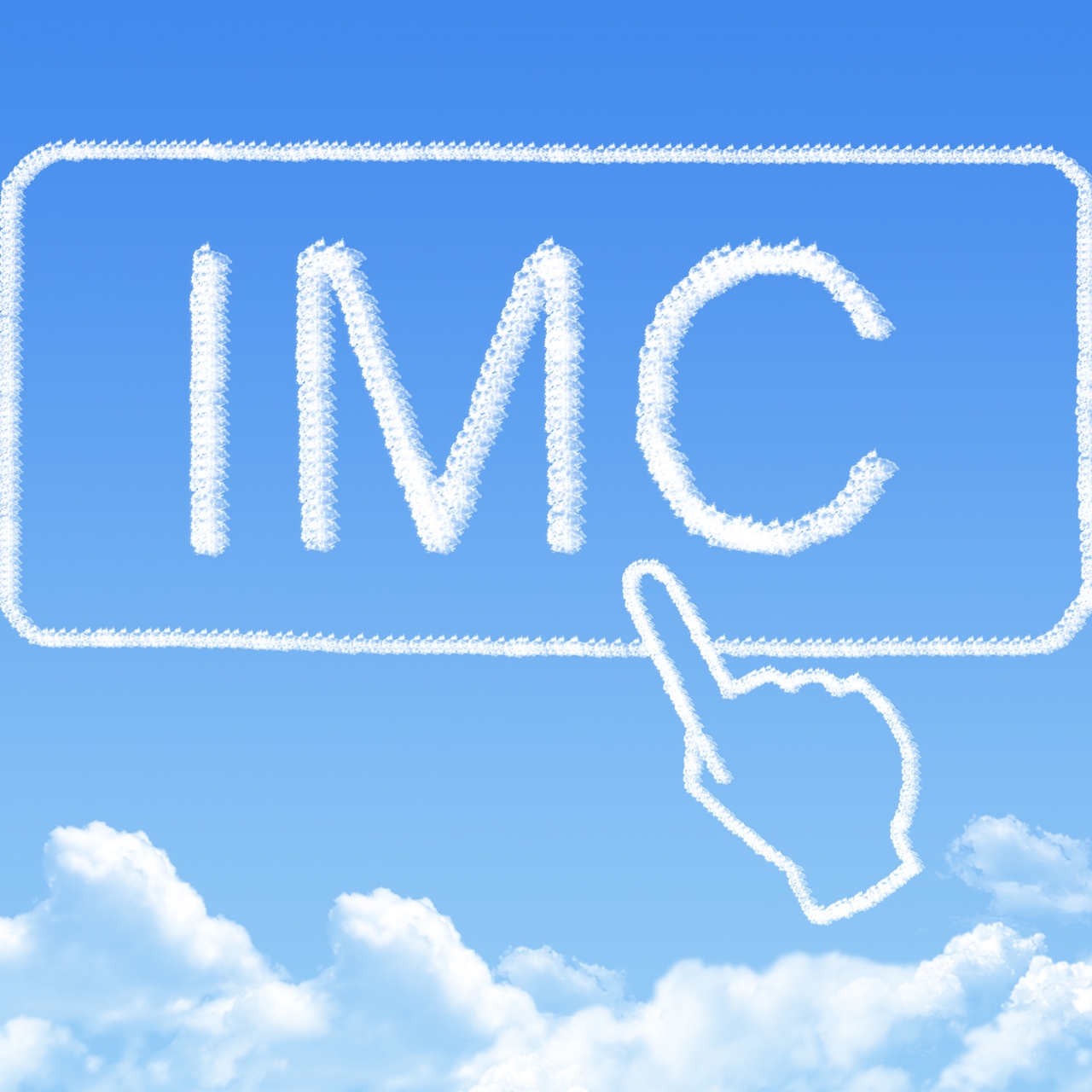The way ahead for Integrated Marketing Communication and its influence on Consumer Behaviour


The way ahead for Integrated Marketing Communication and its influence on Consumer Behaviour
In order to strategically position your brand, you must fully understand the consumers’ buying behaviour. By understanding what exactly informs a consumer’s purchase decision, you will be in a better position to communicate why your brand is by far the best bet for the customer. - Rami Hmadeh
Dubai, 02 April 2019 –While it is a fact that consumer behaviour is driven by a variety of factors, the right form of marketing communication can, to a certain extent, still determine or sway the consumer’s final buying decision.
Integrated marketing communication (IMC) has long been used to help marketers shape a consumer’s buying behaviour. This marketing tactic has made it possible for marketers to strategically position their brands in a way that influences and lures consumers to make a choice in their favour.
What IMC does is it ensures that all your hard work in crafting your marketing communication strategy succeeds. That’s not all. It also, and most importantly, makes sure that all your marketing communication mediums work in harmony. An integrated marketing campaign involves the use of different coordinated promotional methods to reinforce your marketing message. You also need to identify where your customer is likely to be found.
According to Go-Gulf, 29 percent of Middle East consumers now shop online every month. On its part, Criteo’s ‘Commerce and Digital Marketing Outlook 2018’ report says that over 80 percent of all transactions in the GCC involve a mobile device as part of the purchase process. This represents a 50 percent jump since 2016.
This shows that consumers increasingly believe that it is way better, cheaper and convenient to buy online. They also believe that online stores have a better selection. It combines the roles of advertising, personal selling, digital marketing, direct marketing, public relations and sales promotion to provide consistency, clarity, and maximum communication impact. 86 percent of decision-makers believe that integrating multiple channels guarantees long term success.
Knowing the channels that you need to pass your message across is also crucial. For instance, over 50 percent of shoppers in the Middle East use their mobile devices to shop.
The integration of marketing efforts influences consumer behaviour in many ways. However, to use it effectively, you must understand what drives them to buy a particular product or service. The new-age consumers follow an hourglass model rather than the traditional sales funnel:
- They are caught in a state of latent demand or half-conscious thought that they need something – that’s awareness
- They start growing an affinity toward they have glimpsed at and start specifying the demand – that’s interest
- They focus on a set of options – that’s consideration
- They make a choice – that’s preference
- They reach out for the wallet – that’s purchase
Usually we’d stop here, but its 2019, and we have to go three steps further.
- They seek help from the seller regarding more service after the purchase or they return it for better things – that’s support
- They like everything about their purchase so much that they expect from the brand – that’s loyalty
- They become loyal to an extent that they want to part of the brand’s story – that’s advocacy
Understanding consumer behaviour enhances how you communicate your message effectively. You can then tailor messages to different stages of the hourglass.
Frankly, IMC at this point, is way to build relationships than merely just influencing consumer buying behaviour. The core things it covers are –
- Reinforcing messages and improving the impact
Unlike traditional marketing communication approaches, where the business plans separate campaigns for direct sales, press relations, etc., the integrated strategy uses the different tools of communication to improve marketing efficiency by reinforcing each other.
Dissemination of the same message happens through press releases, feature articles, social media, and other communication tools. Advertising is used to raise awareness and generate leads.
Key phrases, headlines, and images are used to ensure consistency of messages. Consumers receive consistent messaging from each of the campaign elements they come across. This mode of advertising reinforces the basic campaign theme by also increasing the times the consumer hears or sees the same message.
According to research, messages are more effective when repeated. The consistency in messaging makes the message credible, shortening the search process, and dictating how the consumer will compare brands.
- Creating brand awareness and trust
Through IMC, businesses can interact directly with their consumers. Companies that use it successfully promote their brands and develop trust among audiences they target.
When similar messages reach a consumer simultaneously from different avenues, it creates an impact on them, if and only if, you communicate the benefits and features of your product well to them.
- Growing and maintaining healthy relationships
There is a two-way dialogue encouraged by IMC strategies through easily accessible and efficient customer service. Feedback is thus monitored, valued, and evaluated carefully and fast.
It does not only rely only on ads and promotions to make your brand popular. It also makes sure that channels are available to ensure swift and easy communication with potential and current consumers. It effectively helps consumers move through the buying funnel stages. The relationship created forms a bond of loyalty that aids the business in keeping the customer for life.
To ensure success in influencing customer behaviour through integrated marketing communications, make sure that the messages are consistent, clear and consolidated. It is also extremely important that you take into account some crucial statistic that ultimately affect buyer behaviour.
For instance, over 75 percent of consumers in the Middle East prefer buying from a single brand website. These consumers believe that multi-branded sites will not offer the best customer service.
While stand-alone consumer campaigns might still be working for many businesses, their successes and overall impact – both on the business and consumers, pales in comparison to those that go the IMC way.
It is, therefore, safe to say that IMC is arguably what is driving modern businesses today. In order to get into the bandwagon, the first thing you need to do is ditch that old adage which say, “If it ain’t broken, don’t fix it”.
The ever-evolving consumer behaviour now calls for a multi-pronged approach. Their inter-connectivity through multiple touch points can only mean one thing – your messaging needs to be delivered through integrated platforms.
This way you ensure that prospects and consumers receive consistent messages each time they interact with your campaign. Bottom line is, this seamless solution continues to be used to influence consumer behaviour not only because is eventually helps create a competitive advantage but it also helps in strengthening relationships.
First published on Arabia with Class.
Contact
